
The Institution of Civil Engineers (ICE) is an independent professional association for civil engineers and a charitable body in the United Kingdom. Based in London, ICE has over 92,000 members, of whom three-quarters are located in the UK, while the rest are located in more than 150 other countries. The ICE aims to support the civil engineering profession by offering professional qualification, promoting education, maintaining professional ethics, and liaising with industry, academia and government. Under its commercial arm, it delivers training, recruitment, publishing and contract services. As a professional body, ICE aims to support and promote professional learning, managing professional ethics and safeguarding the status of engineers, and representing the interests of the profession in dealings with government, etc. It sets standards for membership of the body; works with industry and academia to progress engineering standards and advises on education and training curricula.

Pauline Mary de Peauly Gower Fahie was a British pilot and writer who established the women's branch of the Air Transport Auxiliary during the Second World War.

The Women's Engineering Society is a United Kingdom professional learned society and networking body for women engineers, scientists and technologists. It was the first professional body set up for women working in all areas of engineering, predating the Society of Women Engineers by around 30 years.
Letitia Chitty was an English engineer who became a respected structural analytical engineer, achieving several firsts for women engineers, including becoming the first female fellow of the Royal Aeronautical Society and the second female recipient of the Telford Medal.
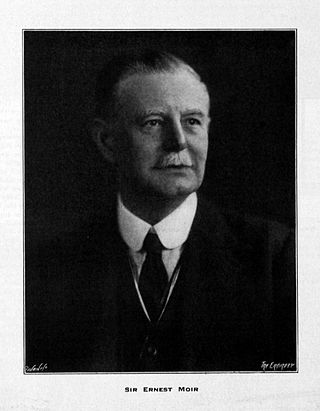
Sir Ernest William Moir was a British civil engineer and the first Moir baronet. He is credited with inventing the first medical airlock while working on the Hudson River Tunnel in New York in 1889.

Margaret, Lady Moir, OBE was a Scottish lathe operator, engineer, a workers' relief organiser, an employment campaigner, and a founder member of the Women's Engineering Society (WES). She went on to become vice-president and president of WES, and in 1931 president of the Electrical Association for Women (EAW), in which role she gave full expression to her belief that 'the dawn of the all-electric era' was at hand. She had no doubt about the importance of this development in freeing women to pursue careers outside the home:
'It is essential that women become electrically minded. By this I mean that they must not only familiarize themselves with electric washing machines, fires and cookers, but possess sufficient technical knowledge to enable them to repair fuses and make other minor adjustments. Only by doing so will women learn to value electricity's cheapness and utility, and regard it as a power to rescue them from all unnecessary household labours.'

Dorothy Norman Pearse née Spicer was an English aviator, and the first woman to gain an advanced qualification in aeronautical engineering.
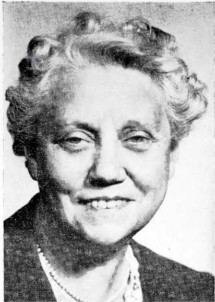
Gertrude Lilian Entwisle was an electrical engineer. She was the first British woman to retire from a complete career in industry as a professional engineer; the first female engineer to work at British Westinghouse; and the first female student, graduate, and associate member of the Institution of Electrical Engineers. Entwisle was known for her work on designing DC motors and exciters. Her obituary said she broke "barriers of prejudice to become a respected designer of electrical rotating machinery."

Margaret Dorothea Rowbotham was an engineer, a campaigner for women's employment rights and a founder member of the Women's Engineering Society.
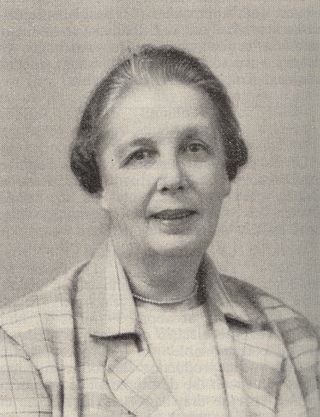
Margaret Mary Partridge was an electrical engineer, contractor and founder member of the Women's Engineering Society (WES) and the Electrical Association for Women (EAW). Her business worked with WES to identify and employ female apprentices, including Beatrice Shilling. Partridge also helped campaign to change the International Labour Organisation convention on night work for women in 1934, after Shilling was found working on her own in a power station at night, thus contravening the existing regulations.

Karen Ann Hilsum Burt CPhys MInstP was a British engineer and campaigner for the recruitment and retention of women in engineering.
Jessie Helen Elizabeth Lilian MacLeod Georgeson was a Scottish engineer who was the first woman to graduate in engineering at a Scottish university, the University of Edinburgh.
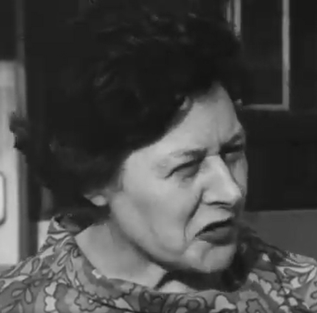
Rosina Winslade was a British engineering manager who became President of the Women's Engineering Society and a governor of University College, Nairobi.

Helen Grimshaw OBE was a British aeronautical engineer and pioneering G-force-pressure suit designer.
Women have played a role in engineering in the United Kingdom for hundreds of years, despite the various societal barriers facing them. In the 18th and 19th century, there were few formal training opportunities for women to train as engineers and frequently women were introduced to engineering through family companies or their spouses. Some women did have more formal educations in the late 19th century and early 20th century, normally in mathematics or science subjects. There are several examples of women filing patents in the 19th century, including Sarah Guppy, Henrietta Vansittart and Hertha Ayrton.
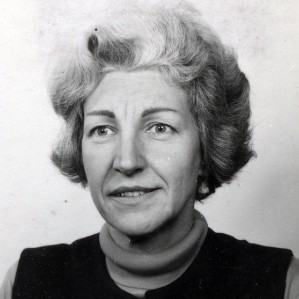
Mary Patricia Kendrick MBE born Mary Patricia Boak was a British tidal engineer who was an expert on silt. She worked on many projects but she is known for leading a team working on the Thames Barrier. She broke a 200 year long list of Admirals who looked after keeping the River Mersey navigable when she appointed Acting Conservator of the River Mersey - a role that dates back to 1625.
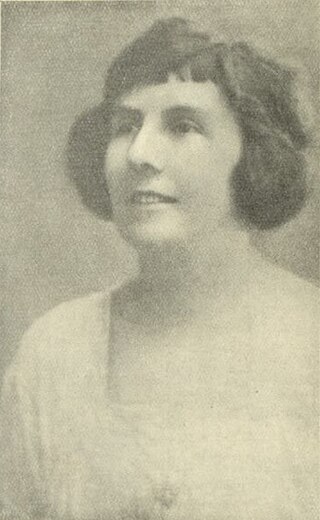
Kathleen M. Butler was nicknamed the "Godmother of Sydney Harbour Bridge" and also known as the "Bridge Girl". As the first person appointed to Chief Engineer J. J. C. Bradfield's team, as his Confidential Secretary,, she managed the international tendering process and oversaw the development of the technical plans, travelling to London in 1924 to supervise the project in the offices of Dornan's, the company which won the tender. At the time it was built, Sydney Harbour Bridge was the largest arch bridge in the world, with the build expected to take six years to complete. Her unusual role garnered much interest in the press in Australia and Britain.

Cicely Thompson M.B.E. was a nuclear engineer.

Dorothy Smith was a British electrical engineer. She worked for the engineering firm Metropolitan-Vickers from 1916 to 1959, retiring after forty-three years at the company. She was the second woman to gain Full Membership of the Institution of Electrical Engineers since Hertha Ayrton in 1899 and was a prominent member of the Manchester branch of the Women's Engineering Society.
















